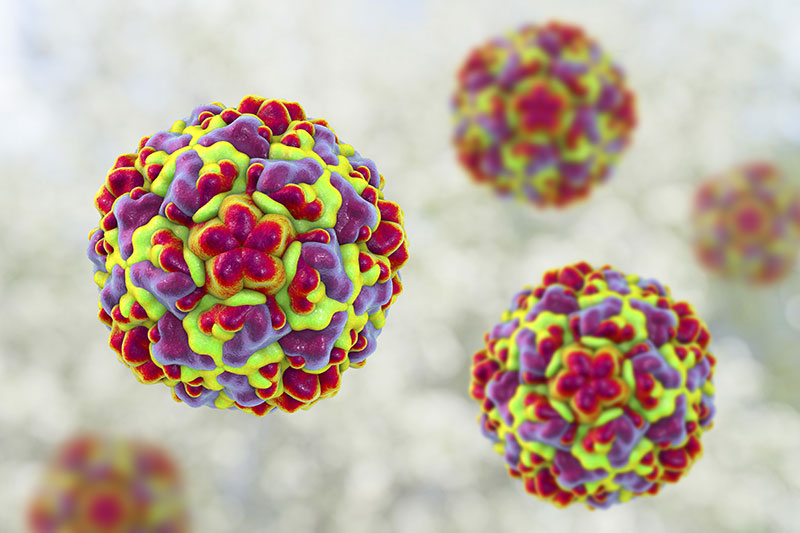News from QED Bioscience
In Search of a Cure for the Common Cold
We’ve all had it – the inconvenient common cold. Sneezing, coughing, sore throat, stuffy nose . . . and all we can do is soothe our symptoms and wonder why medical science hasn’t yet found a cure for the common cold!
Rhinovirus is the pathogen most often responsible for the common cold, and there are at least 100 Rhinovirus serotypes characterized by rapid replication and a high mutation rate. Although anti-viral inhibitors have been proposed in the past, Rhinoviruses rapidly acquired resistance to them.
Instead of targeting Rhinoviruses directly, a team of researchers in the UK investigated targeting a human host enzyme that the viruses use to assemble their protein coats1(QED Bioscience’s Anti-Rhinovirus monoclonal antibody was used in their Western blot analyses). The enzyme is N-myristoyltransferase (NMT). NMT catalyzes transfer of myristate from myristoyl coenzyme A to the N-terminus of many proteins in all eukaryotic species; humans express two NMT proteins, NMT1 and NMT2.
The RNA genome of Rhinovirus is translated by host cell ribosomes into a single polyprotein that is processed by viral proteases to form the capsid precursor protein and several non-structural proteins. The capsid precursor protein is further processed into three capsid proteins, VP0, VP3, and VP1. VP0 is encoded at the N-terminus of the viral polyprotein. In many picornaviruses, VP0 capsid protein is N-myristoylated by host cell NMT. Earlier studies on poliovirus demonstrated that N-myristoylation was required for viral capsid assembly and infectivity2. Might the same be true for Rhinovirus?
Yes. The investigators demonstrated that a picomolar dual inhibitor of human NMT1 and NMT2 completely prevented Rhinovirus replication in HeLa cells without any effect on host cell viability, and NMT activity in the host cells was fully recovered 24 hours following wash-out of the compound. A series of additional experiments aimed at determining the mechanism of antiviral activity revealed that although unassembled viral capsid proteins could be detected, fully assembled virions were not.
Readers are encouraged to read the full publication1 in order to appreciate the extensive work that was done in creating the subject NMT inhibitor and evaluating its effectsin vitro. Animal studies and studies in humans are needed before a cure for the common cold can be celebrated, but absence of cytoxicity in vitroand the potential broad range of activity against most Rhinoviruses certainly warrant further investigation.
- Mousnier A et al.2018 Nat Chem10: 599-606.
- Marc D et al.1990 J. Virol64: 4099-4107.


